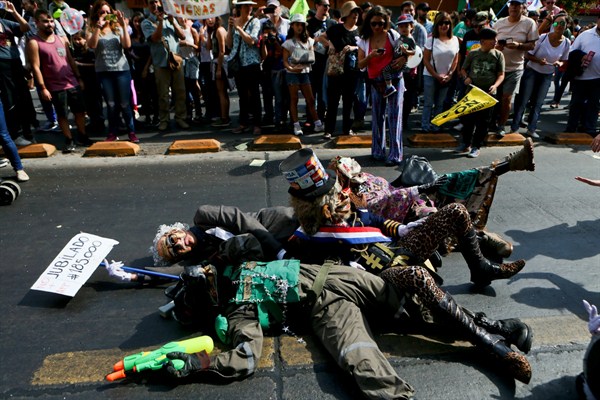Editor’s Note: This article is part of an ongoing WPR series about income inequality and poverty reduction in various countries around the world.
When she was inaugurated for her second term in 2014, Chile’s president, Michelle Bachelet, declared, “Chile has a single enemy and that is inequality and only together can we overcome it.” Despite a struggling economy, she has pursued multiple initiatives intended to achieve that goal, notably education and tax reform. In an email interview, Daniel Hojman, associate professor of economics at the University of Chile, explains how inequality has evolved and whether the issue will be central to the presidential vote planned for November.
WPR: What are the main factors that have contributed to high levels of inequality in Chile?

